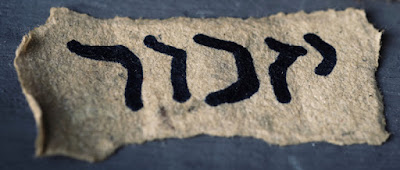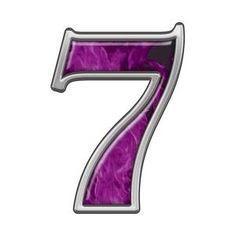Chooses Democracy Every Time: We'll talk about Noah in a second. But first: It's Election Season in America once again! And, as he thinks he does every Election Season, Abq Jew reminds you that
That being said - VOTE BLUE!
This Shabbat we will again read Parshat Noah, the one portion of the Holy Torah that has us New MexiJews lamenting the tragic loss of Earth's entire dinosaur population, who (quite literally) missed the boat.
 |
| Stegosauruses had beautiful singing voices, and they knew all the words to The Seekers' greatest hits. |
Stegosaurus ('roof-lizard') is a genus of herbivorous, four-legged, armored dinosaur from the Late Jurassic, characterized by the distinctive kite-shaped upright plates along their backs and spikes on their tails. Fossils of the genus have been found in the western United States and in Portugal, where they are found in strata dating to between 155 and 145 million years ago.
And furthermore:
Stegosaurus, one of the many dinosaurs described in the Bone Wars [also known as the Great Dinosaur Rush], was first collected by Arthur Lakes and consisted of several caudal vertebrae, a dermal plate, and several additional postcranial elements that were collected north of Morrison, Colorado.
These first, fragmented bones became the holotype of Stegosaurus armatus when Yale paleontologist Othniel Charles Marsh described them in 1877.
build a boat to survive a great flood.
Rashi (Rabbi Shlomo Itzhaki, 1040-1105) was a medieval French rabbi who wrote a comprehensive commentary on the Tanakh. Rashi's great because he presents the basic meaning of the text in a clear and concise fashion. His comments usually try to answer a burning question that an ordinary reader might have.But, Rashi only wrote down his answers - NOT the questions! So the first thing to do is always to ask: "What's bothering Rashi?" Once you understand the question Rashi's responding to, his answer will make a lot more sense.
Surely you remember (and if she doesn't, please remind her) that it was ten (10) years ago (!) (see Noah! Send Out The Dove!) that Abq Jew first brought you Matti Caspi and Chocolat, Menta, Mastik singing their '70s hit.
And here it is again, and only because a) it is Parshat Noah; and b) this performance reminds Abq Jew of days ... and years ... gone by. Nostalgia.


























